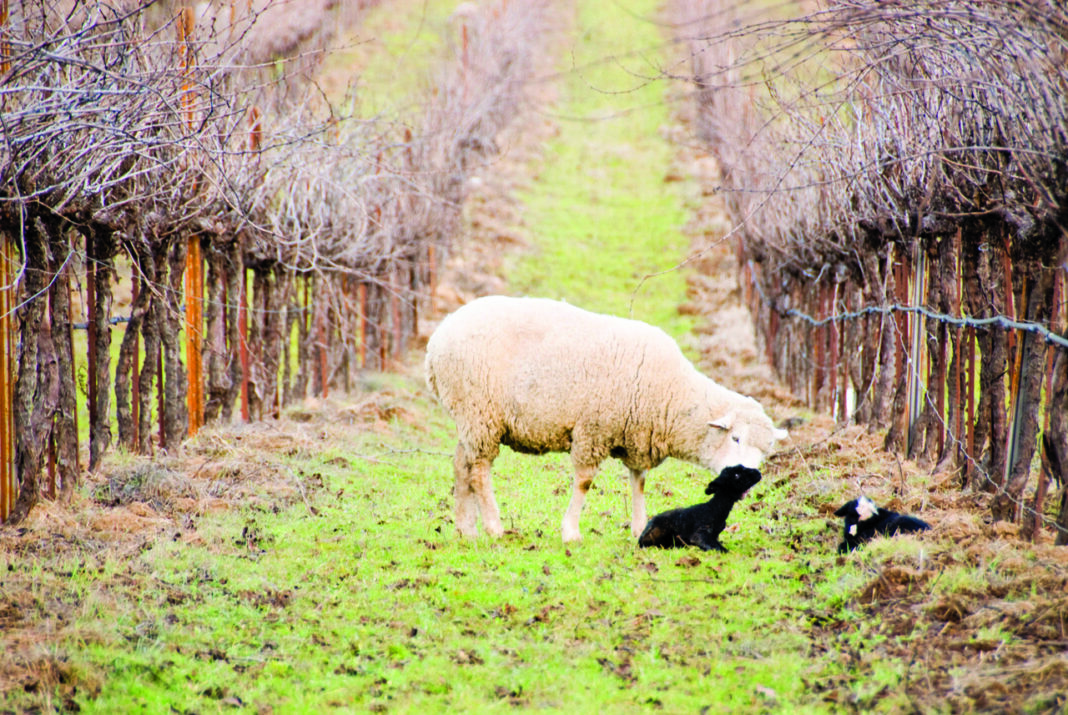‘Homeopathic farming,’ ‘nutrition 3.0’ and ‘acupuncture for the land’ were all catchphrases overheard at the inaugural International Biodynamic Wine Conference, held at the Golden Gate Club in San Francisco on May 6 and 7.
Keynote speaker Jean-Charles Boisset, French vintner and owner of more than 20 wineries, spoke of the importance of the “invisible architecture” of vineyards, the “theater of nature” and how biodynamic farming brings us one step closer to tapping into a telluric and cosmic world.
Where did the term ‘biodynamic’ originate, and what does it mean? Austrian philosopher and architect Rudolf Steiner, who many know as the founder of Waldorf education, is also credited with inventing this method of agriculture. And while biodynamic farming is slowly catching on in America, more than 5,000 wineries in Europe are biodynamic-certified.
Demeter Association, Inc., a firm based in Oregon (also the sponsor and organizer of the event) that offers certification to food producers and wineries that comply with their standards, describes biodynamics as a holistic, ecological and ethical approach to farming, gardening, food and nutrition. In order for a winery or food product to become certified as biodynamic, Demeter requires that they comply with a comprehensive list of procedures, like the inclusion of animals in the farming process, and integrating seven specific plants into the soil to aid in creating a healthy ecosystem. Recycling all of the animal manure and compost—and putting it back into the land—is also cited as an objective of biodynamic farming.
Though only a small number of wineries in the Napa and Sonoma valleys have embraced biodynamic farming, multiple wineries in Oregon, Washington and on the Central Coast of California are adopting the practice. From the taste of the wines, it’s been a great success.
Learn more about biodynamic farming at biodynamics.com.
TRENDING:
.Food & Drink: Nutrition 3.0
The adoption of biodynamic farming








